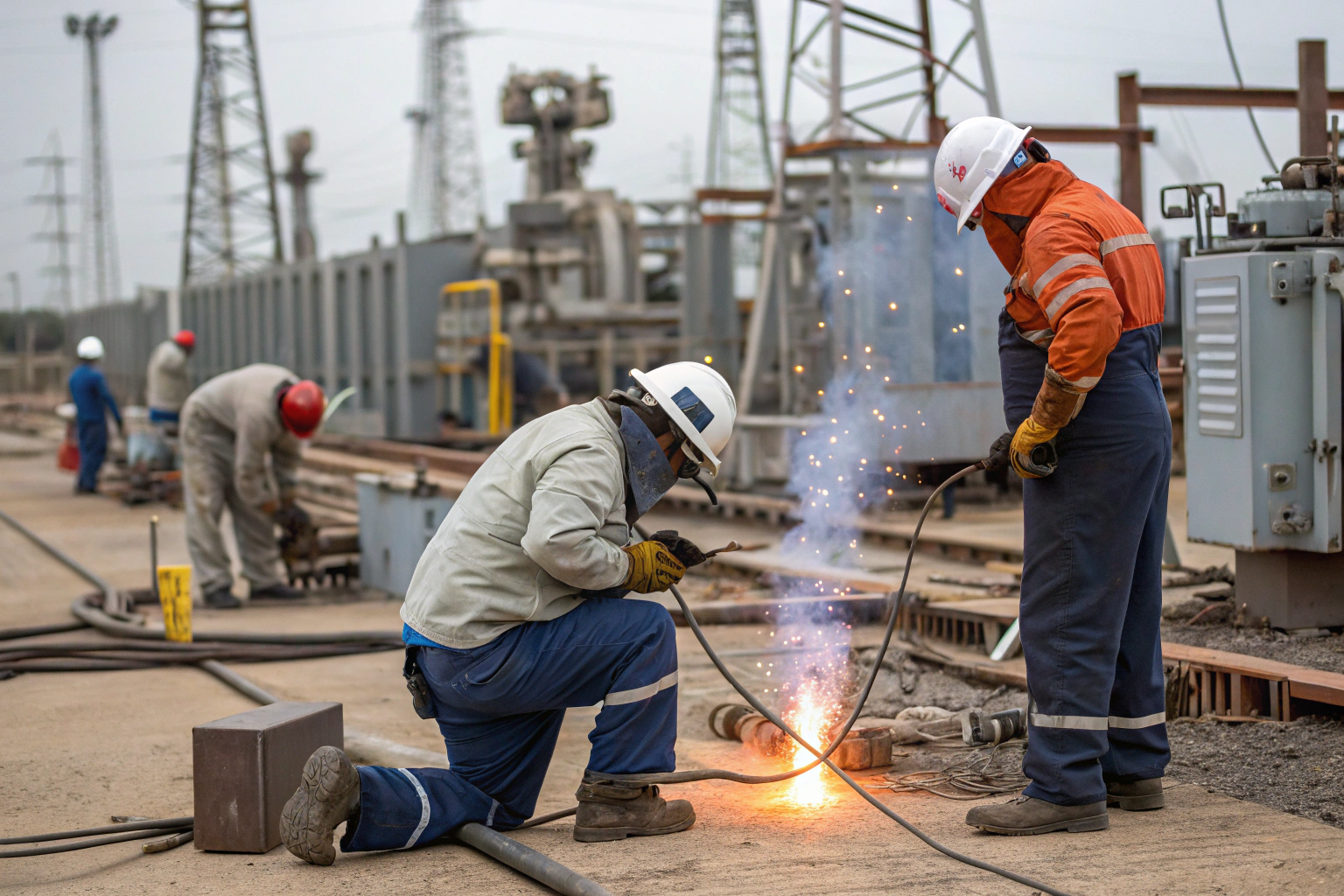In today’s industrial world, electrical safety is more than just compliance—it is about saving lives and protecting businesses from devastating accidents. Workers in industries like power utilities, oil and gas, manufacturing, and construction face daily risks of electrical arc flashes. These incidents can cause severe burns, permanent injuries, or even fatalities within seconds. Without proper arc-rated protective clothing, employees remain dangerously exposed to these hazards, leaving companies vulnerable to legal, financial, and reputational risks.
IEC 61482 certification ensures that protective clothing has been tested and proven effective against electric arc exposure. It is the internationally recognized standard that defines how fabrics and garments must perform under arc flash conditions. By meeting this certification, companies demonstrate their commitment to worker safety, regulatory compliance, and global best practices. For buyers, it serves as a reliable benchmark of quality and protection.
Many professionals ask why this specific certification matters when there are multiple safety standards available. The answer lies in its global acceptance, rigorous testing protocols, and real-world relevance. IEC 61482 bridges the gap between compliance and actual field protection, making it the most trusted standard for arc protective clothing.
What Does IEC 61482 Certification Mean?
Electric arc protection is not just about wearing flame-resistant fabric—it is about ensuring the clothing performs under extreme electrical conditions.
IEC 61482 certification guarantees that fabrics and garments are tested under controlled arc flash simulations. This certification measures two critical aspects: Arc Thermal Performance Value (ATPV) and energy break-open threshold (EBT), both of which determine how well the fabric resists heat transfer and prevents breakage during an arc flash.
The certification is divided into two testing methods: Open Arc Test (IEC 61482-1-1) and Box Test (IEC 61482-1-2). The first simulates a wide energy spectrum of arc flashes, while the second reproduces confined arc conditions like those in switchgear cabinets. A garment that passes both tests offers comprehensive protection for workers across industries.
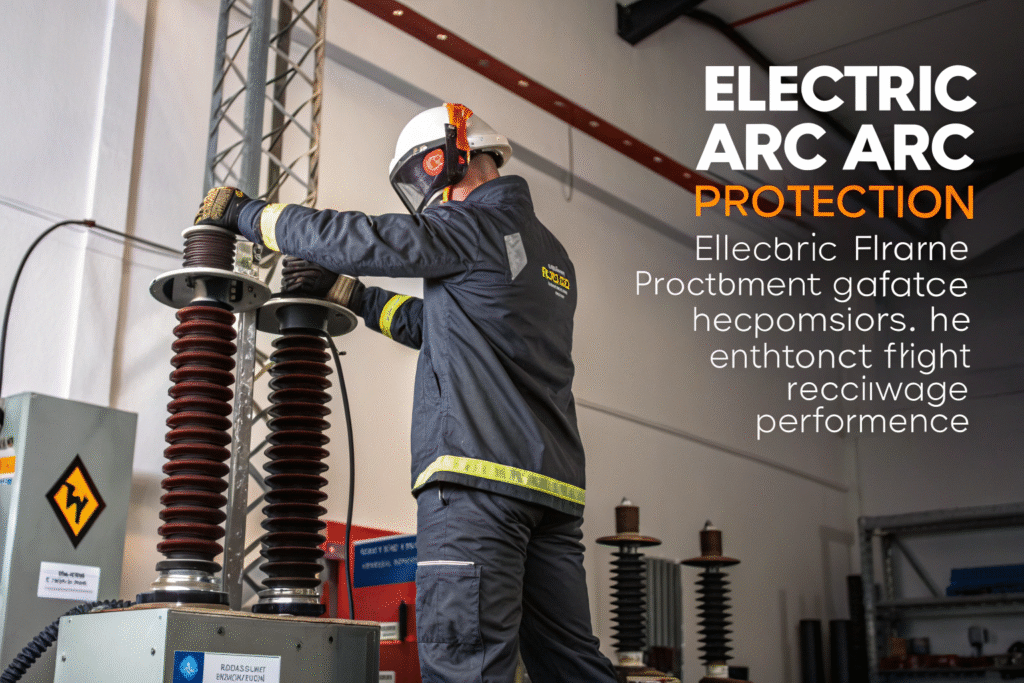
How Does the Open Arc Test Work?
The Open Arc Test exposes fabrics to different levels of incident energy, measuring the point at which there is a 50% probability of a second-degree burn. This determines the fabric’s ATPV rating. For example, a rating of 8 cal/cm² means the garment can protect against arc flashes up to that energy level. Learn more from the NFPA overview on arc ratings.
Manufacturers rely on these results to ensure their protective clothing meets the necessary energy levels for specific job roles. Companies purchasing PPE use these ratings to align with OSHA requirements in the United States, which mandate adequate arc protection based on risk assessment.
What Is the Box Test and Why Does It Matter?
The Box Test measures garment performance when exposed to a directed arc within a controlled box, simulating confined environments. This is especially critical in electrical panels, switchboards, and enclosed cabinets, where arc flashes behave differently compared to open air. You can find more details on this methodology in the European Safety Federation’s guide.
Passing the Box Test provides assurance that workers operating in restricted spaces have sufficient protection, making IEC 61482 a versatile and complete certification standard.
How Does IEC 61482 Compare to Other Standards?
When sourcing protective clothing, buyers often wonder if IEC 61482 is truly necessary compared to other standards like NFPA 70E or ASTM F1506.
IEC 61482 stands out because it is globally recognized and harmonizes testing protocols across regions. While NFPA 70E focuses on American workplaces and OSHA compliance, IEC 61482 provides a broader framework accepted throughout Europe, Asia, and beyond.
This means companies operating across borders can adopt one certification system without juggling multiple regional standards.
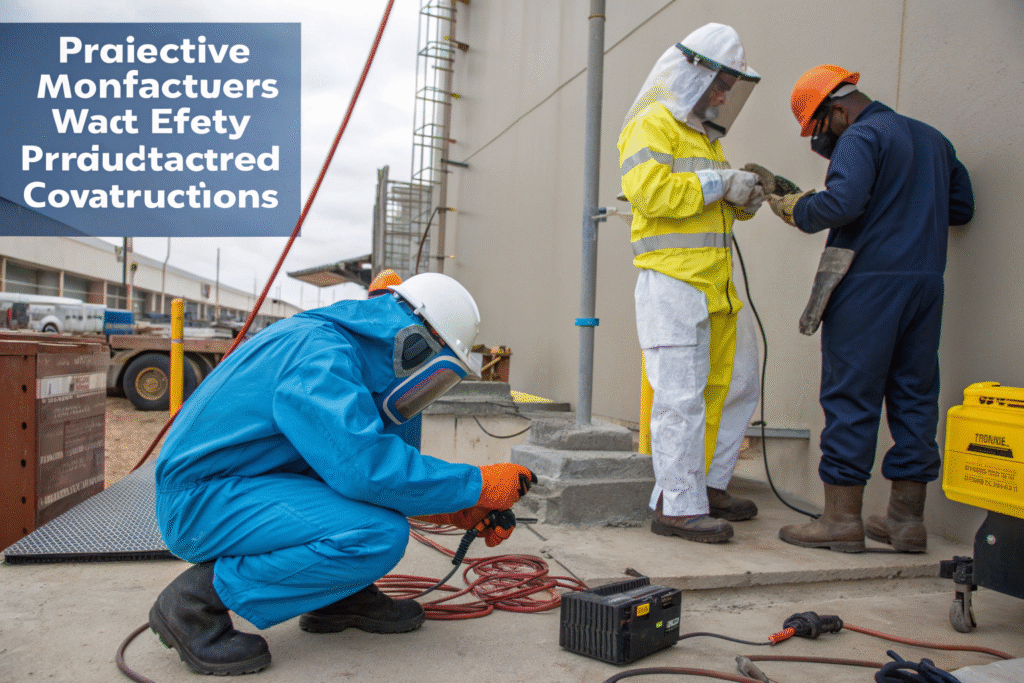
Is IEC 61482 Accepted in the U.S.?
Yes, many U.S. companies accept IEC 61482-certified garments as long as they also meet ASTM and NFPA requirements. In fact, many leading suppliers design dual-certified PPE that satisfies both IEC and NFPA standards. You can read more from OSHA’s arc flash guidance.
This dual compliance ensures seamless adoption for multinational corporations, minimizing complexity in procurement and ensuring workers worldwide are equally protected.
Why Should Global Buyers Prioritize IEC 61482?
For global buyers, IEC 61482 certification provides confidence that the safety gear will perform consistently regardless of where it is deployed. It simplifies supply chains, guarantees uniform safety standards, and protects brand reputation. Explore more insights from the International Electrotechnical Commission’s standards database.
This global alignment is particularly attractive for industries like renewable energy and automotive manufacturing, which often source materials from multiple countries but need standardized protection.
What Are the Key Benefits for Employers and Workers?
Choosing IEC 61482-certified clothing is not just about compliance—it creates a safer, more reliable, and more productive workplace.
The certification reduces the risk of injury, downtime, and legal claims, while boosting worker confidence and efficiency. Employers who invest in certified protective clothing also send a strong message of commitment to employee safety, which strengthens trust and loyalty.
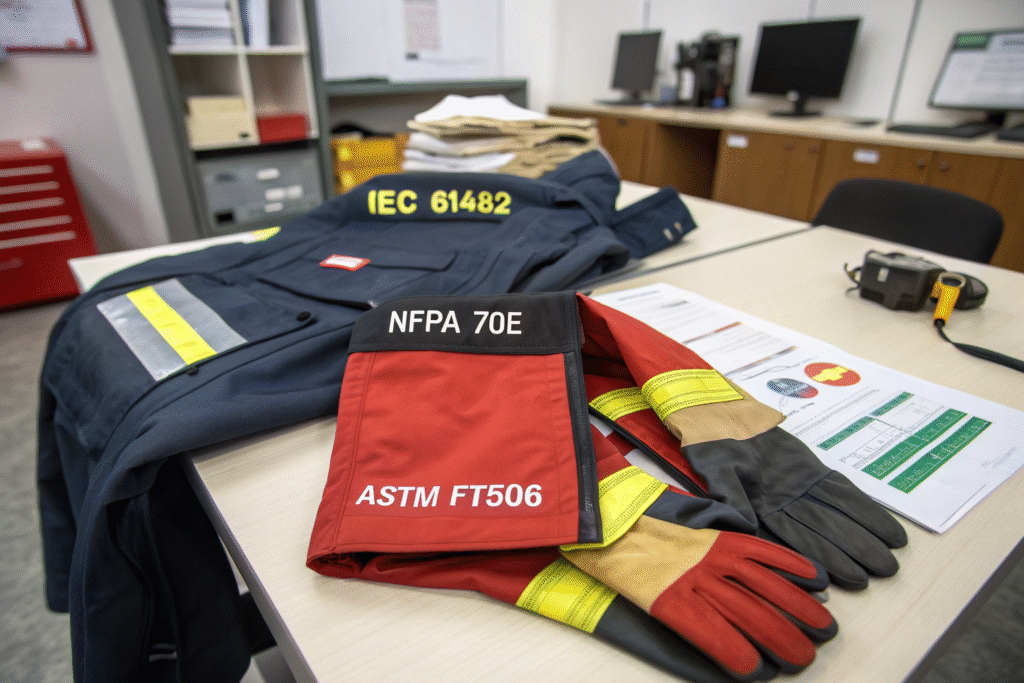
How Does It Improve Workplace Safety?
Workers who wear arc-rated clothing know they have tested protection against life-threatening incidents. This reassurance allows them to perform their jobs more effectively, without constant fear of accidents. For examples of incident case studies, see Electrical Safety Foundation International.
The right PPE also reduces accident severity, ensuring burns are minimized even when arc flash incidents occur. This can be the difference between minor injuries and permanent disabilities.
How Does It Protect Employers’ Reputation?
Employers who adopt IEC 61482 demonstrate that they go beyond minimal compliance. They embrace international best practices, reducing risks of lawsuits, regulatory penalties, and reputational damage. Learn more from Canadian Centre for Occupational Health and Safety.
For industries where worker safety directly impacts brand image—such as energy, utilities, and heavy manufacturing—this commitment is invaluable.
Why Should Buyers Demand IEC 61482 From Suppliers?
Buyers in industries sourcing protective clothing face a critical decision: whether to prioritize cost or uncompromised safety.
Demanding IEC 61482 certification ensures suppliers meet the highest global safety standards. It prevents the risks of counterfeit or substandard PPE that could put lives at stake.
This requirement also ensures that suppliers invest in advanced R&D, certified testing, and quality control, which strengthens the entire supply chain.
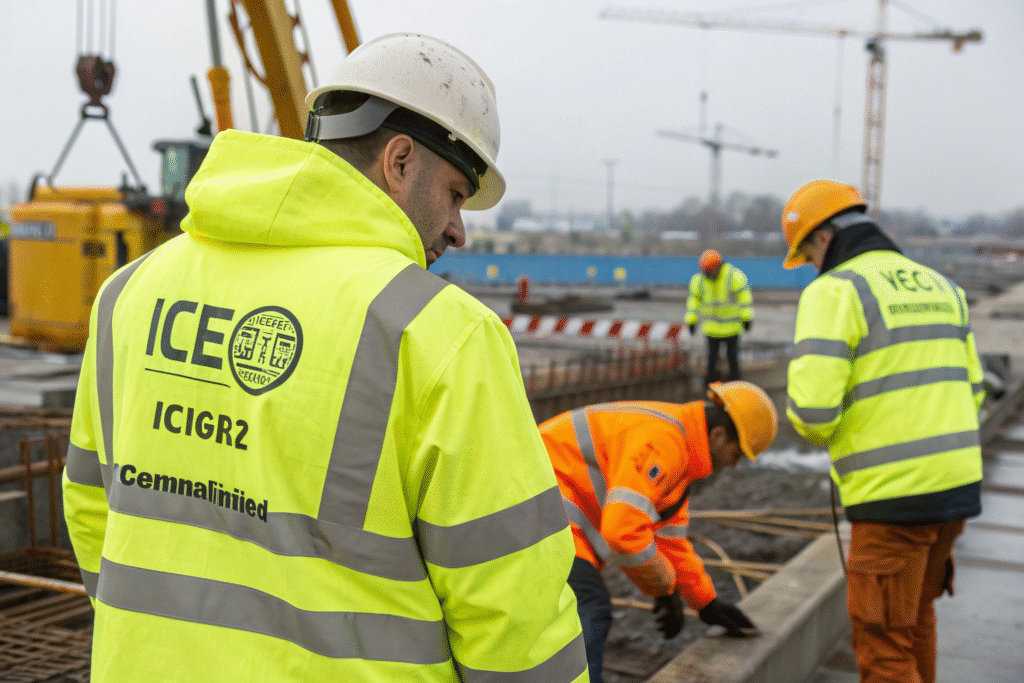
How Can Buyers Verify Certification?
Buyers should request test reports, certification documents, and traceable QR-code systems that many manufacturers now provide for transparency. You can review detailed compliance tips from the National Safety Council.
Working only with verified suppliers reduces risks of fraudulent products, delays, and compliance failures.
Why Does This Strengthen Long-Term Partnerships?
When buyers demand IEC 61482, they push suppliers to consistently improve quality and maintain global standards. This nurtures stronger, long-term relationships built on trust, performance, and accountability. More on this is available at International Safety Equipment Association.
In the long run, this strategy not only protects workers but also enhances the reliability and competitiveness of the buyer’s operations.
Conclusion
IEC 61482 certification is vital because it goes beyond being a technical standard—it is a safeguard for workers’ lives and a shield for employers’ reputation. It sets the benchmark for arc protective clothing worldwide, ensuring fabrics and garments perform in real-world electrical hazards. For global buyers, this certification simplifies procurement, aligns international operations, and builds stronger supply chains.
At Shanghai Fumao, we understand the importance of globally recognized safety standards in fabrics and protective clothing. If you are ready to co-create safer and smarter textile solutions, reach out to our Business Director Elaine at elaine@fumaoclothing.com. Together, we can protect your workforce and strengthen your brand reputation worldwide.

